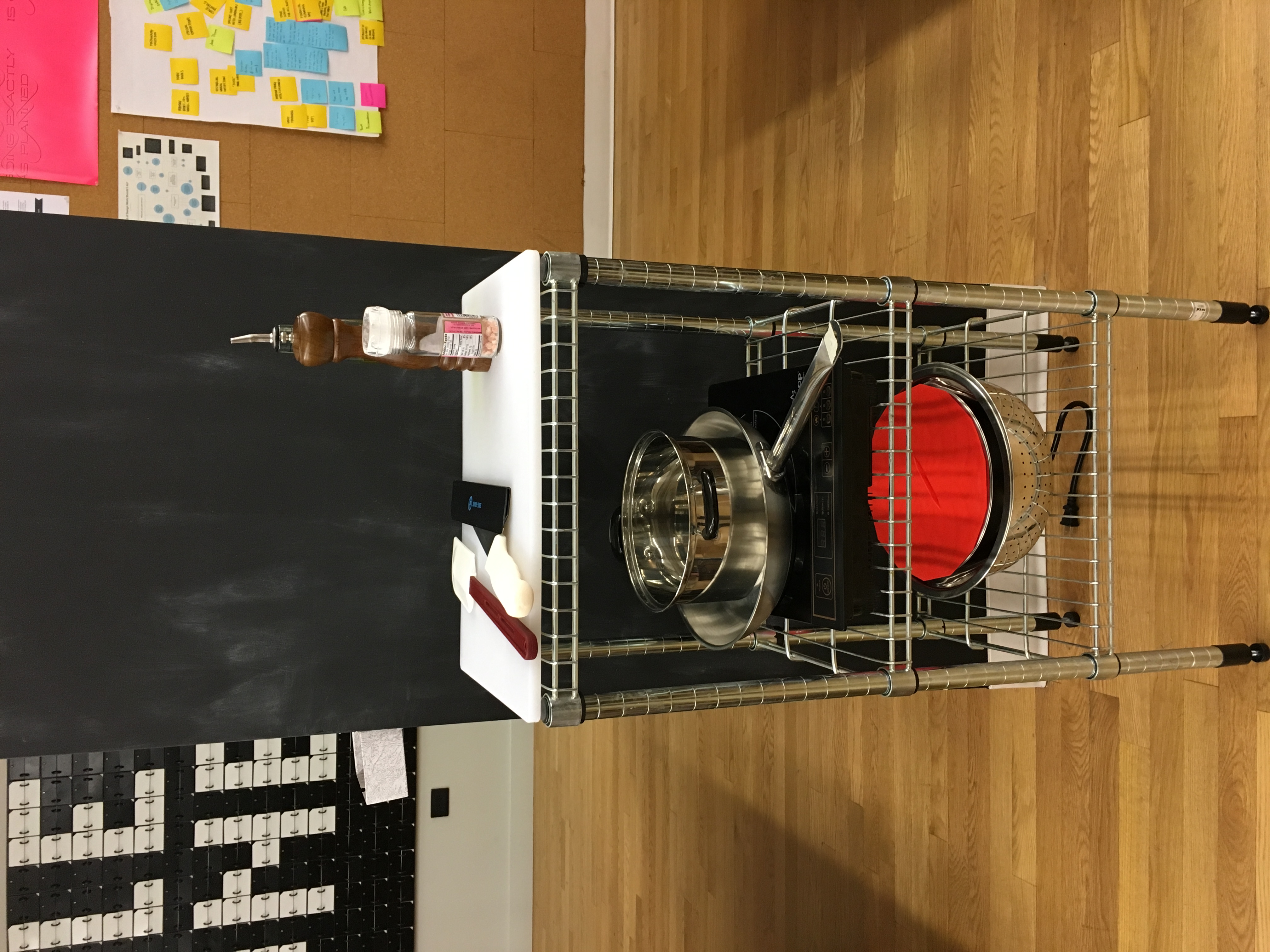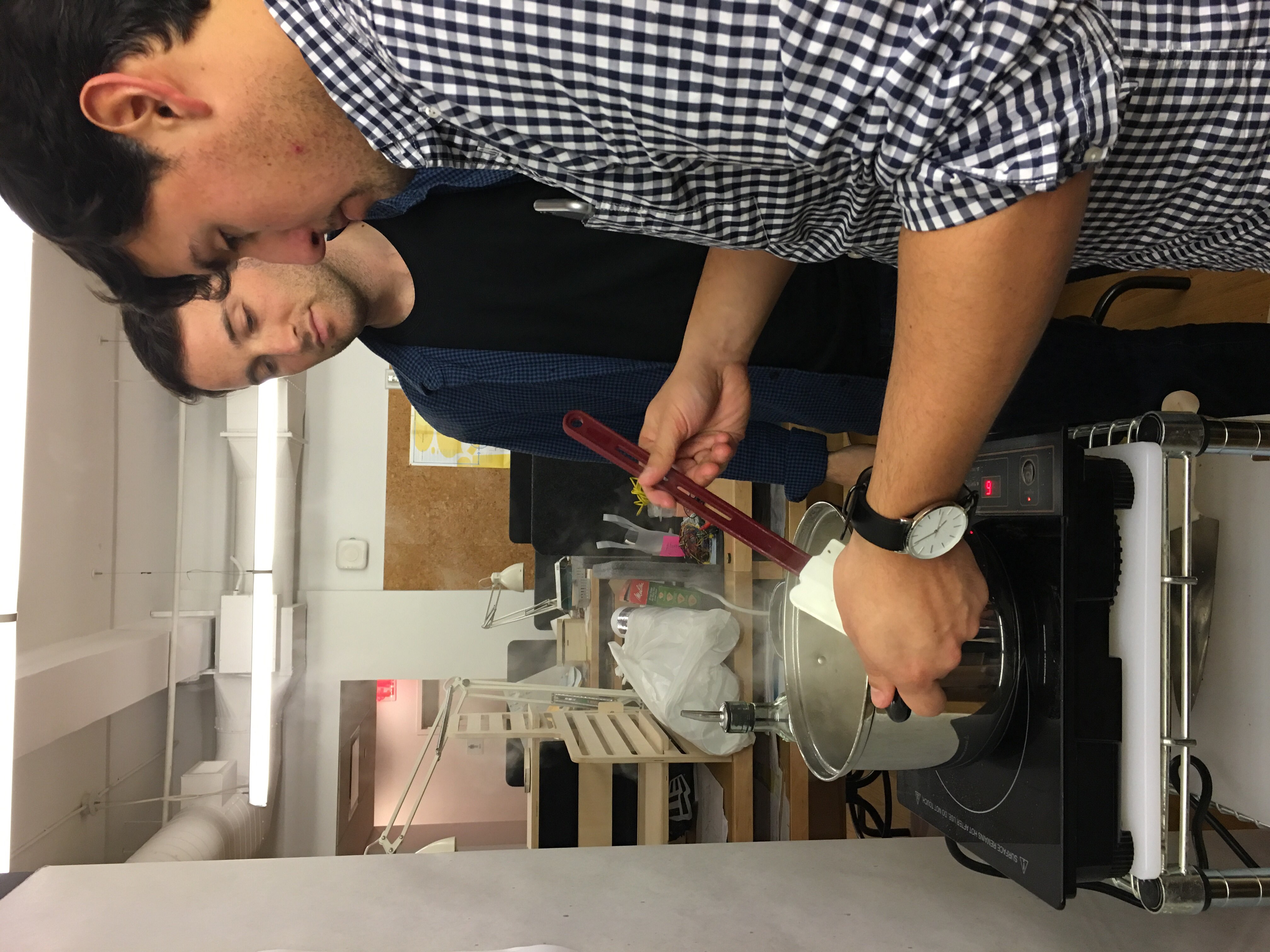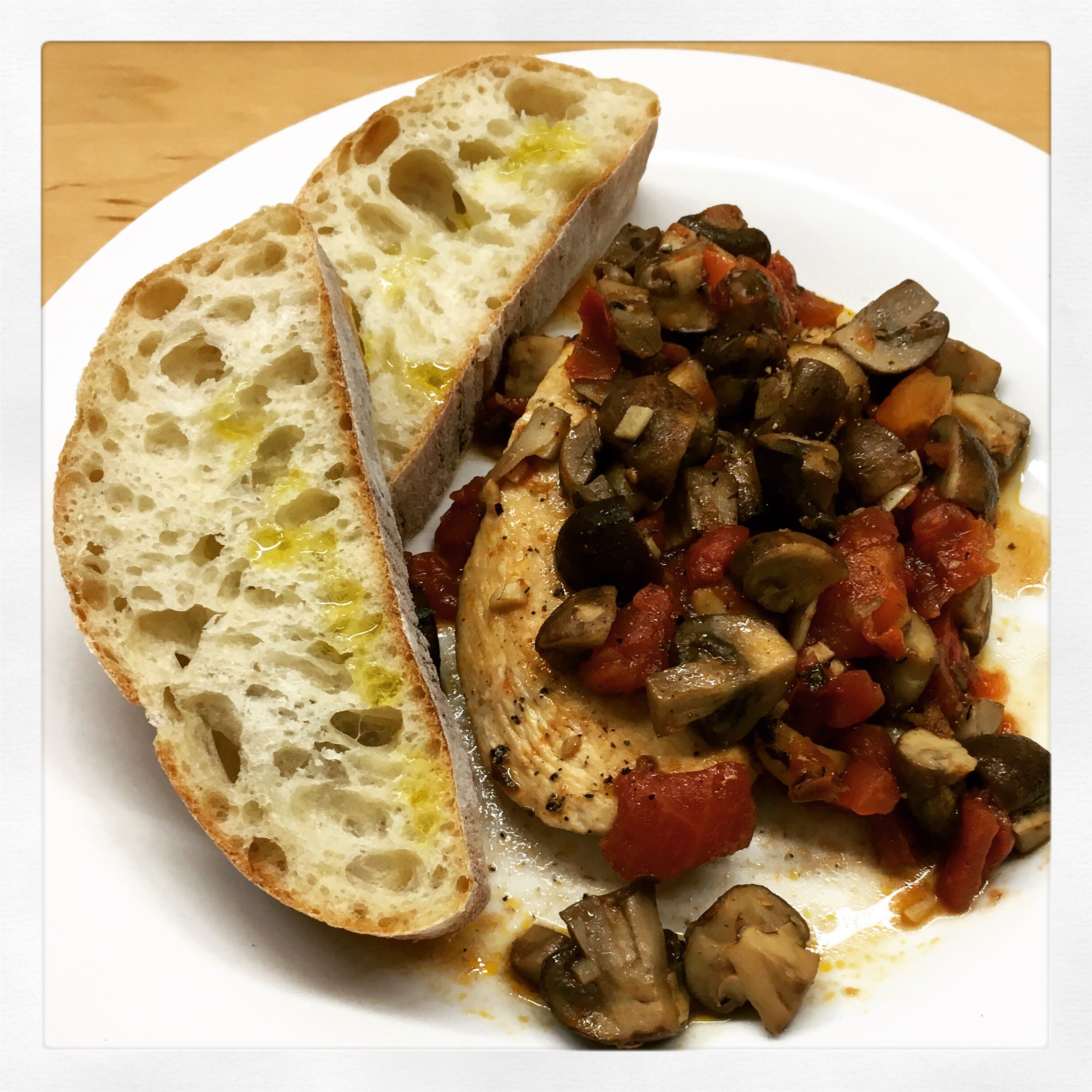Creating a Tiny Kitchen
A twisted road followed my first prototype, as I tried to reflect on what worked about the experience and put it through more refinement and pick a better sense of scope.
This involved a few dead ends, mainly at the hands of time and ability to execute.
Pivots and Panics
In trying to develop more utility or import for the users of my project, I began thinking more about the hungry when it came to food. This sent me down a bit of a rabbit hole, but unfortunately not focused on user’s needs: instead, the logistic of mobile power or portable food setups overruled a more genuine outreach to those serving that community.
In developing an early plan, I failed to consider was what needed to be real, what could be faked, and what my true goals were. For example, I investigated the rules and regulations of the NYC Parks system and found how I could get by them, but didn’t have an actual plan for what I was going to be doing in a public park.
This ended up being a harmful distraction—even though it felt important to solve the problem for this community, I was under-equipped to do so, particularly considering my time constraints. I hesitated to contact folks who worked at non-profits who helped the hungry because I know I would be challenged to find time to meet with them, and didn’t get around quickly enough to having another thing to test.
In a conversation with a classmate, it was made even clearer that while it may be altruistic, feeding the hungry was a solved problem, insomuch as the tools go. Perhaps the interaction design is still not strong, but the tools and techniques exist, and the hungry was as a red herring, when in fact I needed to consider my timeframe.
Waffling drained most of my time, so I ended on a twist on my first prototype. It gave a tiny, physical presence to the cooking tools, along with suggestions and iteration through digital communication tools.
The How of Prototype Two
In gathering materials for a tiny physical space, about 5.5 cubic feet in space, I hoped it would be enough to see what the challenges are in working on a meal. It was really just a tweak of the first prototype—establishing a more secure space to allow cooking experiments happen in the studio.
The new materials were a small metal stand to house all of the necessary equipment, along with some additional storage space—a foot locker under the stand and a hanging basket— and a couple more borrowed utensils from the studio.

It came together pretty quickly when I finally put it all together: I built the stand, rearranged the tools, and waited … and waited.
Attempting to Test, and Self-Testing Exercises
My plan for enticing participants came in the form of $25 gift cards, which I pre-purchased. I figured it could either be used as a grocery stipend or a nice supplement for those willing to participate.
I also tried creating a little bit of informational material. Using Pages, I made a little flyer that I put above the stand explaining the point of the exercise, and tried to drum up interest in our internal Slack.

After I made that initial call, and found participants wanting, I leaned back on my own play testing again. I looked up a fairly easy dish, then captured an ingredient list and took off for Trader Joe’s late on a weekend evening. I shopped, got the necessary ingredients, and came back to put together what was a fairly impressive meal for the tiny space.

In that play testing a few obvious things came up: Lack of water and the ability to keep things clean was the most challenging part of the experiment. Since I set up the space far from a traditional kitchen space, it made cleaning during the cooking process impossible. I tried using additional prep bowls as interim disposal, but hand washing is incredibly difficult without a close source of running water.
I also cheated at the plating portion of the experiment, since I just did not have anywhere near enough room for that part of the process. I ended up having some classmates who tried out my creation and were impressed with the quality of the meal that came out of that space.

After my personal success there, I decided a more central place to discuss this sort of thing could drum up interest, so I created a Slack channel, which I named #tinykitchen (based off an old Times video series I loved), and provided a little more context for the project.
Still, there were no additional takers, and it came down after the semester ended.
Reflection
What worked about the prototype:
- Again, it cannot be overstated that this was a real thing people could use and experience directly. For something like cooking, I cannot imagine trying to test things that affect cooking without an environment where one actually makes a meal.
- Play testing was again very successful for me, and it did entice people about what I was doing, even though it failed to grab actual participants.
What didn’t work:
- It was still stuck in the studio. It would have been great to see how this would have fared with a more random crowd or a more public venue.
- Bad timing. End of the semester, with finals looming overhead for others? No incentive seemed to matter—I could not get a participant.
- The signage for the prototype didn’t feel very well considered, some mentioned. Though I thought about what might be helpful for potential users, it was not built as an enticing call to action, but more as an instruction manual.
My fall ended on a middling note, but it was encouraging to think about how I could take the ideas of the fall and begin anew in the spring as I home in on a clearer direction for my project.